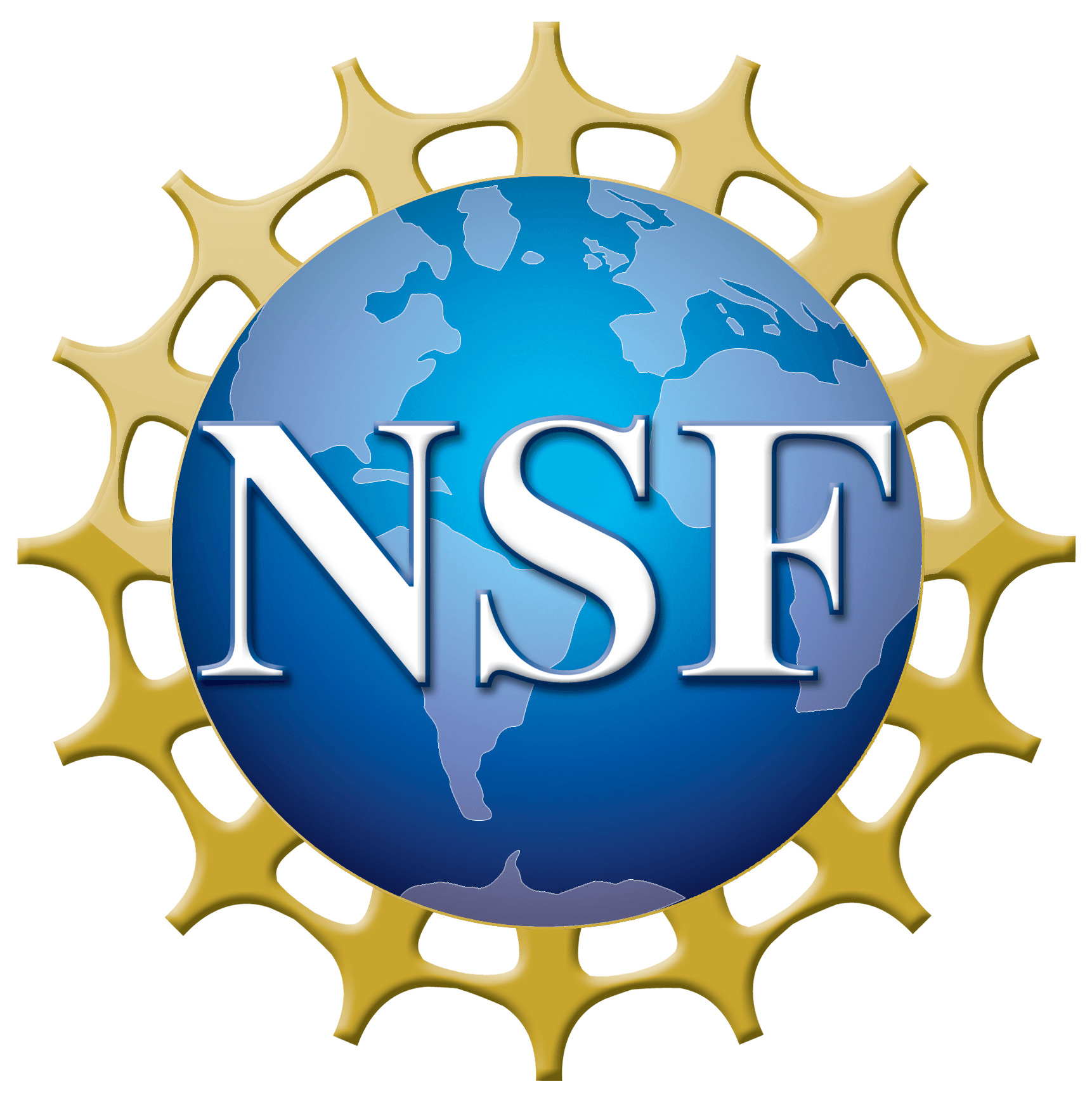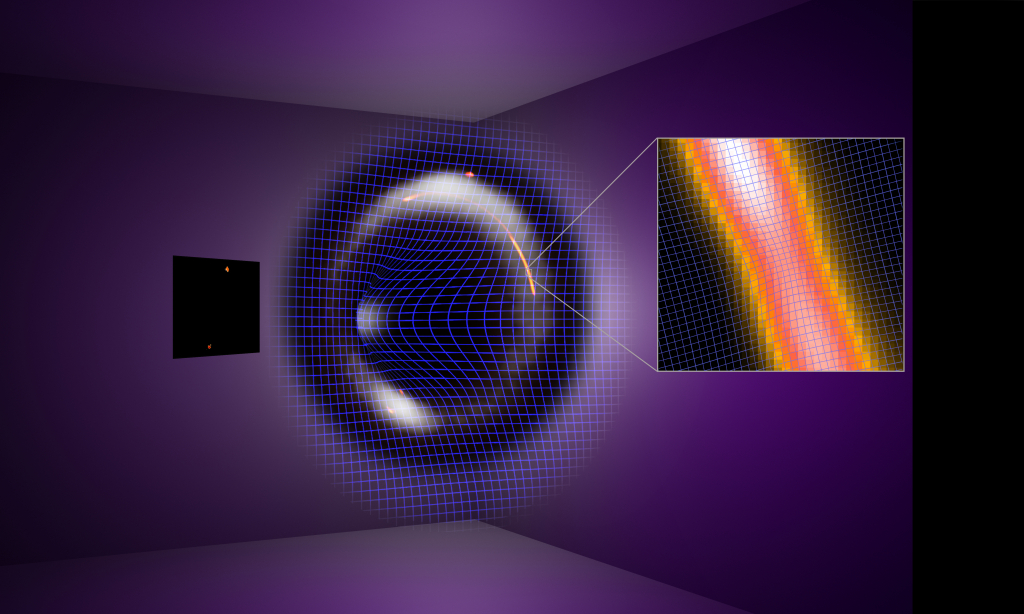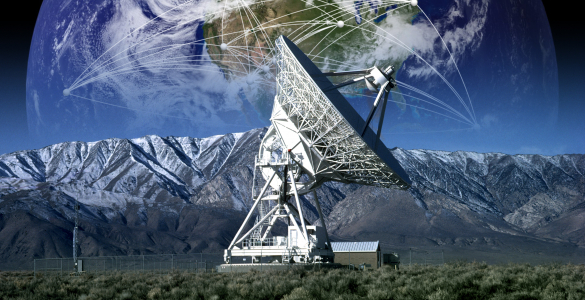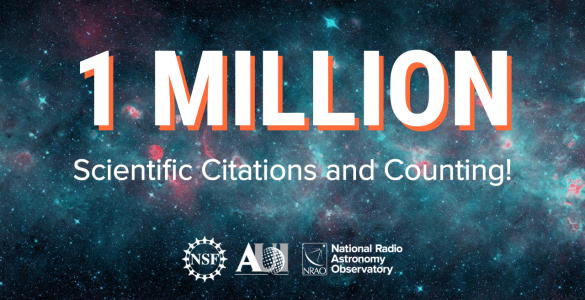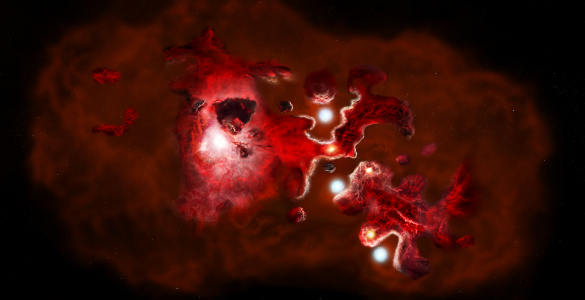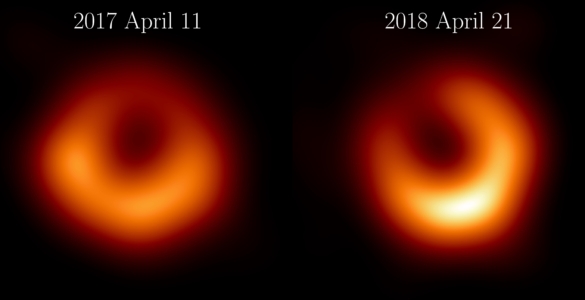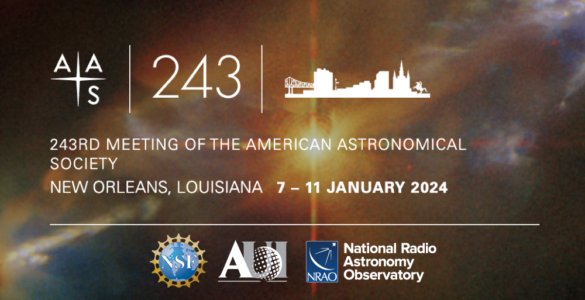An international research team, using a worldwide network of radio telescopes, including the U.S. National Science Foundation National Radio Astronomy Observatory (NSF NRAO) U.S. National Science Foundation Very Long Baseline Array (NSF VLBA) and U.S. National Science Foundation Green Bank Telescope (NSF GBT), has detected an enigmatic dark object with a mass about one million times that of our Sun without observing any emitted light. This is the lowest mass dark object ever detected at a cosmological distance using only its gravitational influence, marking a major milestone in the quest to unravel the nature of dark matter.
The discovery leverages a technique known as very long baseline interferometry (VLBI) to form a global, Earth-sized telescope that captures extremely sharp images of cosmic phenomena. The team observed a distant galaxy system, JVAS B1938+666, where the light of a background galaxy is gravitationally lensed by a foreground galaxy, producing beautiful arcs and multiple images.
“We immediately saw a tell-tale pinch in the gravitational arc,” said Professor John McKean, lead author of the paper presenting the beautiful gravitational lensing image. “Only a small clump of mass—an otherwise invisible dark object—could account for this anomaly in the lensing arc.”
The newly characterized object is undetectable in infrared or radio wavelengths and was found nearly 10 billion light-years from Earth, about 6.5 billion years after the Big Bang. Its detection was made possible by the gravitational imaging method, which sensitively maps how light from background sources is bent by otherwise invisible mass. The mass concentration, labeled “V” in the study, has a cylindrical mass of 1.13 billion solar masses within an 80-parsec radius. This is a level of precision and distance never achieved before for objects this small and dim.
“Finding dark matter clumps like this is a critical test of our understanding of how galaxies form,” said Dr. Devon Powell (Max Planck Institute for Astrophysics), lead author of the companion paper in Nature Astronomy. “The discovery fits beautifully with the number of dark objects we expected to find, but every new detection helps refine or challenge our theories.”
To achieve this, the team developed advanced computational algorithms and harnessed supercomputers to process and model vast datasets. “We expect every galaxy, including our own Milky Way, to be filled with dark matter clumps, but finding them and convincing the community that they exist requires a great deal of number crunching,” said Dr. Simona Vegetti (Max Planck Institute for Astrophysics). Their approach will allow astronomers to probe the structure of dark matter across cosmic time, opening the door to discovering more such objects and examining whether current theories about galaxy formation stand up to scrutiny.
The observations further highlight the power of assembling radio telescopes worldwide to push the limits of sensitivity and angular resolution. The NSF GBT and NSF VLBA, both operated by the NSF NRAO under cooperative agreement by Associated Universities, Inc., played crucial roles in this historic discovery.
As the team continues to survey additional lensing systems, any future findings will help determine whether the abundance and nature of these dark objects are consistent with the fundamental theories governing our Universe. You can read more, including the paper in Nature Astronomy here: https://www.nature.com/articles/s41550-025-02651-2 and here: https://doi.org/10.1093/mnrasl/slaf039.
About NRAO
The National Radio Astronomy Observatory is a facility of the U.S. National Science Foundation, operated under cooperative agreement by Associated Universities, Inc.




